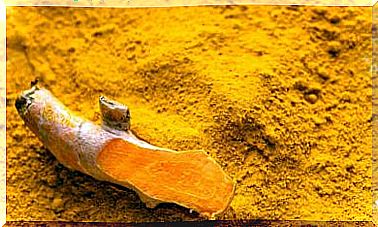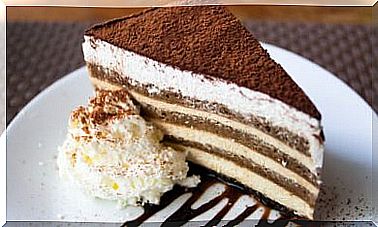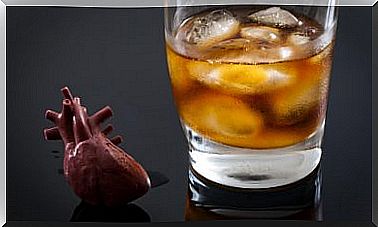Cold Urticaria: Risk Factors And Prevention
Cold urticaria is a skin reaction that occurs within a short period of time after being exposed to the cold. When hives appear, red, itchy bumps develop on the skin.
On the other hand, cold urticaria has a higher incidence in young adults. It is one of the 5 most frequent causes of chronic urticarias ; it is included in the type of physical urticarias.
As we have said, this skin condition appears after exposure to cold, but it can also arise from having been in contact with an object, air or a cold liquid.
Cold urticaria is also known as a cold allergy, since its skin manifestations occur 10-30 minutes after exposing the affected area. At other times, it may appear at the same time.
Symptoms of cold urticaria
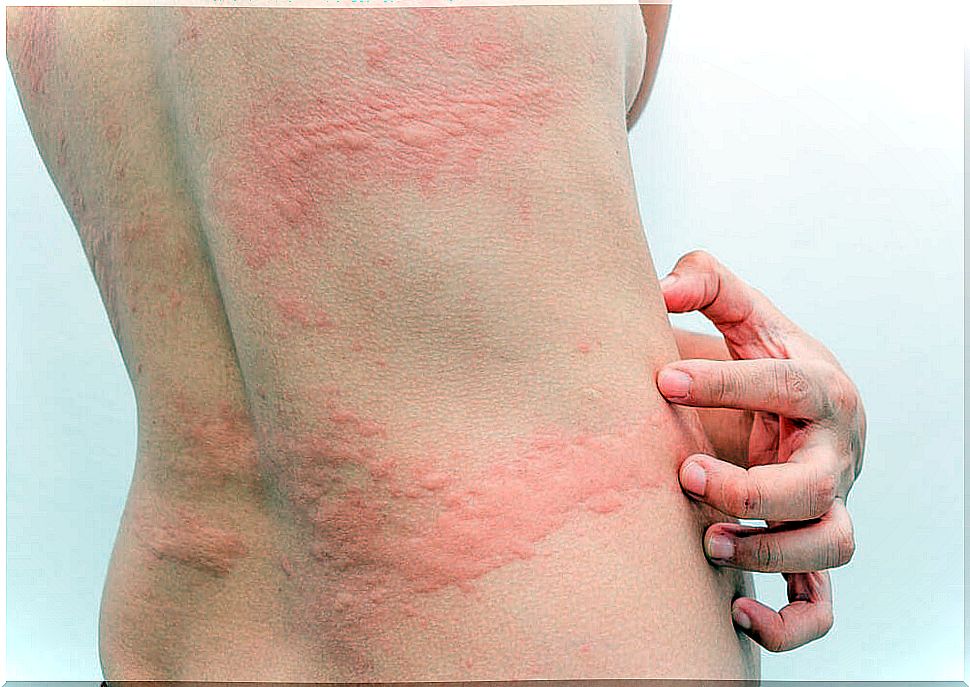
Cold urticaria patients have very different symptoms. Some of the signs are:
- Urticaria: as the name suggests, this will be the characteristic symptom. Temporary red, itchy bumps appear on areas of the skin that have been exposed to cold.
- As the skin warms up, the reaction worsens.
- Swelling in the hands when holding cold objects.
- Swelling of the lips when consuming cold food and drinks.
In other cases, the symptoms are not so mild. Fever, general malaise and local pain in the head, abdomen or joints may appear. In addition, some patients suffer very serious symptoms that affect the oropharyngeal tract, that is, the mouth, glottis and trachea.
In cases where exposure to cold is prolonged, as can happen with a cold water bath in a natural environment, the patient may suffer from anaphylaxis and suffocate. The reason for this is that the passage of air is interrupted due to the appearance of oropharyngeal angioedema.
Causes and risk factors
Today the exact causes of cold urticaria are not known. In some cases, it seems that people have very sensitive cells, due to a hereditary trait, a virus or a disease.
Normally, when a person suffers from this condition, the cold triggers the release of histamine, in addition to other substances. All of them are responsible for producing the symptoms seen in the previous section.
On the other hand, there are a series of risk factors that favor the appearance of urticaria. Among them we can mention:
- Age: As we have seen, young adults are the most likely to suffer from it.
- Undiagnosed condition : there is secondary acquired cold urticaria that may be due to an undiagnosed health problem, such as hepatitis.
- Heredity: Sometimes cold urticaria is hereditary.
How can it be prevented?
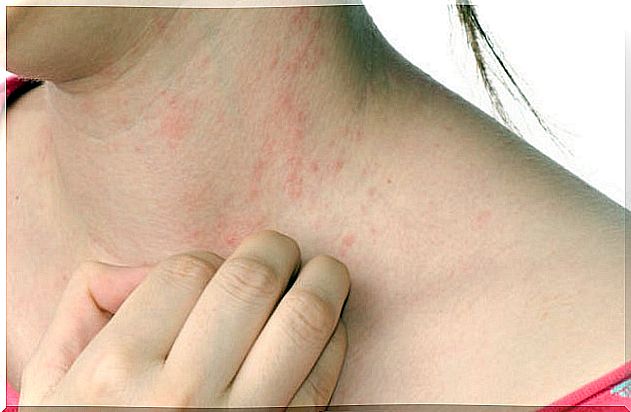
There are a number of steps that can be taken in order to prevent a recurring episode of cold urticaria. Among them, we recommend the following:
- Talk to your doctor about which antihistamine is the most effective for your specific case. According to what they prescribe, follow the treatment prescribed by the professional.
- If you are going to expose yourself to the cold, protect yourself with suitable clothing.
- If you are going swimming, test with your hand first to see if you have a skin reaction.
- If your doctor has prescribed an epinephrine autoinjector, always carry it with you to prevent serious reactions.
- Share with your doctor about your cold urticaria if you are having surgery.
Treatment
Cold urticaria is primarily treated with antihistamine drugs. They are medications that relieve symptoms, but do not prevent them.
However, the use of these types of medications is not effective for all types of cold urticaria. Despite this, today there are other more specialized pharmacological treatments, which are applied at the discretion of the dermatologist.
Another treatment measure is to direct the patient to increase tolerance to cold. To do this, their exposure to low temperatures is gradually increased. It should always be done in the hospital and under medical supervision.
However, it is important to keep in mind that the best treatment is the adoption of preventive measures, avoiding exposure to cold.

